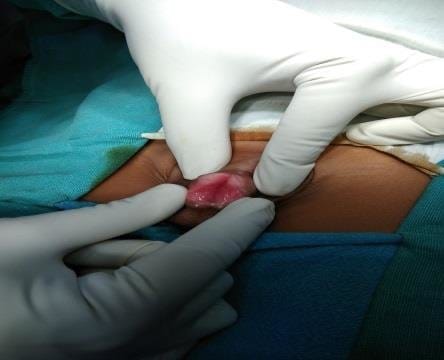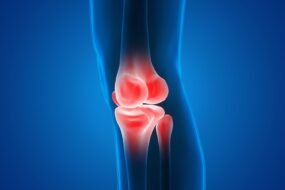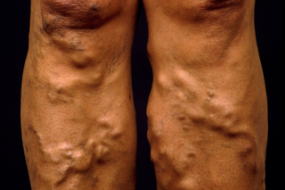
Epispadias is a rare congenital anomaly characterized by a defect in the development of the urethra, resulting in the urethral opening being located on the dorsum (top) of the penis in males or in the clitoris or anterior vaginal wall in females. This condition often coexists with other urinary tract and genital abnormalities.
Etiology
- Embryological Development: Epispadias occurs due to a failure of the normal fusion of the genital tubercle during the embryonic development of the genitalia. This results in an improperly formed urethra.
- Genetic Factors: While the exact cause is often unknown, there may be genetic predispositions involved, and epispadias can be part of syndromic presentations, such as those associated with bladder exstrophy.
- Environmental Factors: Maternal factors during pregnancy, such as exposure to certain medications (e.g., anti-androgens) or substances, may contribute to the development of epispadias.
Classification
- Epispadias in Males:
- Complete Epispadias: The urethral opening is located at the base of the penis or in the pubic area, with varying degrees of separation of the corpus spongiosum and possible penile deformities.
- Incomplete Epispadias: The urethral opening is situated more distally but still on the dorsum of the penis.
- Epispadias in Females:
- Clitoral Epispadias: The urethral opening is located at the clitoris, often associated with varying degrees of urinary incontinence.
- Vaginal Epispadias: The urethral opening may be present on the anterior vaginal wall.
Epidemiology
- Epispadias is relatively rare, occurring in approximately 1 in 117,000 live births. It is more common in males than in females.
- It can occur as part of a spectrum with bladder exstrophy, a more severe defect that also involves the urinary bladder.
Clinical Features
- Signs and Symptoms:
- Urethral Opening: An abnormal opening located on the dorsum of the penis in males or on the clitoris or anterior vaginal wall in females.
- Urinary Incontinence: In males, this may be less common; however, in females, epispadias is often associated with urinary incontinence due to abnormalities in the urinary tract.
- Associated Anomalies: Often associated with other urogenital malformations, such as hypospadias, bladder exstrophy, or genital anomalies.
- Complications:
- Urinary tract infections (UTIs) due to improper urinary function or abnormal anatomy.
- Psychological and social issues related to body image and functioning.
Diagnosis
- Clinical Examination:
- Diagnosis is typically made at birth based on the appearance of the external genitalia.
- A detailed physical examination is essential to assess for associated anomalies.
- Imaging Studies:
- Ultrasound: May be performed to evaluate the urinary tract and detect associated anomalies.
- Voiding Cystourethrogram (VCUG): This study may be used to assess the function of the urinary system and detect reflux or other abnormalities.
- MRI: In some cases, MRI may be utilized for a detailed anatomical assessment.
Management
- Surgical Repair:
- Surgical intervention is often necessary to correct the defect, improve urinary function, and enhance cosmetic appearance.
- Timing: Repair is typically performed in early childhood, often between 6 months and 1 year of age.
- Procedure: Surgical techniques vary based on the severity and location of the defect but generally involve reconstruction of the urethra and surrounding tissues.
- Postoperative Care:
- Close monitoring for complications such as urinary leakage, infection, and scarring.
- Follow-up assessments to evaluate urinary function and the development of any associated complications.
- Psychological Support:
- Counseling and support for both patients and families may be beneficial to address any concerns related to body image, sexual function, and psychological well-being.
Prognosis
- The prognosis for patients with epispadias is generally favorable, especially with timely surgical intervention.
- Many individuals achieve satisfactory urinary control and normal sexual function after appropriate treatment.
Complications
- Urinary Incontinence: May persist in some patients, particularly in those with more severe forms of epispadias.
- Urinary Tract Infections: Increased risk due to anatomical abnormalities and altered urinary flow.
- Psychosocial Issues: Patients may face challenges related to self-esteem, body image, and sexual health, warranting long-term psychological support.












